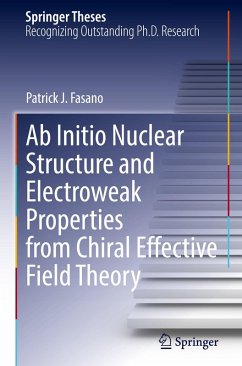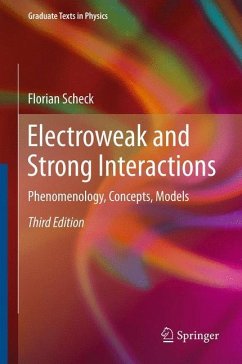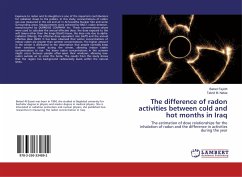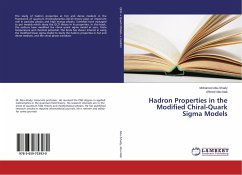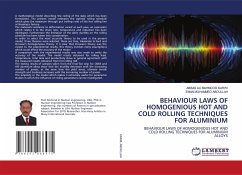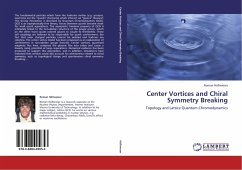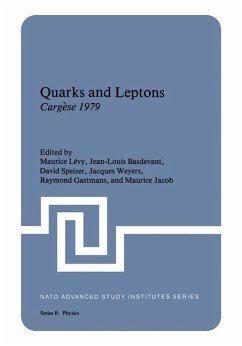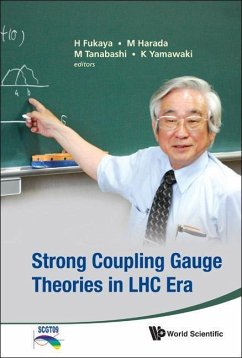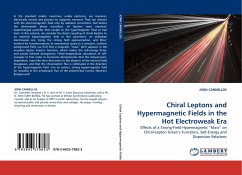
Chiral Leptons and Hypermagnetic Fields in the Hot Electroweak Era
Effects of a Strong-Field Hypermagnetic "Mass" on Chiral-Lepton Green''s Functions, Self-Energy and Dispersion Relations
Versandkostenfrei!
Versandfertig in 6-10 Tagen
39,99 €
inkl. MwSt.

PAYBACK Punkte
20 °P sammeln!
In the standard model, neutrinos, unlike electrons, are massless, electrically neutral and possess no magnetic moment. They can interact with the electromagnetic field only by radiative corrections. But before the electroweak phase transition, all leptons were massless, hypercharged particles that couple to the hypermagnetic field at tree level. In this volume, we consider the direct coupling of chiral leptons to an external hypermagnetic field in the symmetric, or unbroken electroweak era. Using the strong field approximation, and Ritus' method for transformations to momentum space in a const...
In the standard model, neutrinos, unlike electrons, are massless, electrically neutral and possess no magnetic moment. They can interact with the electromagnetic field only by radiative corrections. But before the electroweak phase transition, all leptons were massless, hypercharged particles that couple to the hypermagnetic field at tree level. In this volume, we consider the direct coupling of chiral leptons to an external hypermagnetic field in the symmetric, or unbroken electroweak era. Using the strong field approximation, and Ritus' method for transformations to momentum space in a constant, uniform background field, we find that a magnetic mass term appears in the massless lepton Green's function, which makes the self-energy finite, and avoids infrared divergences. Finite-temperature calculation of self-energies to first order in momenta demonstrates that the temperature-dependent, mass-like term that exists in the absence of the external field disappears, and that the chiral-lepton flux is collimated in the direction of the hypermagnetic field. Can an extinct, strong hypermagnetic field be revealed in the anisotropic flux of the present-day Cosmic Neutrino Background?



